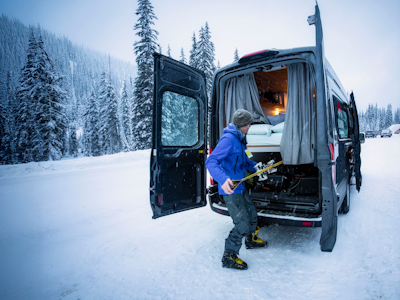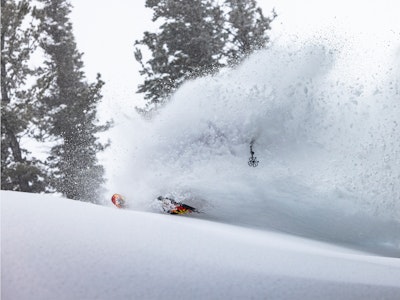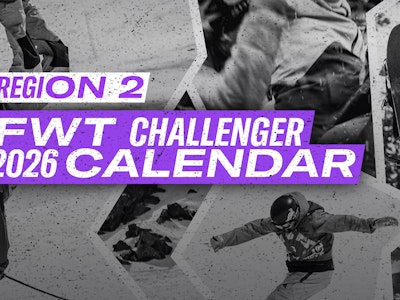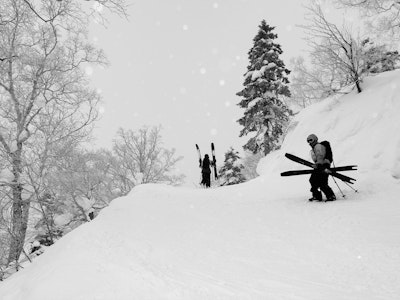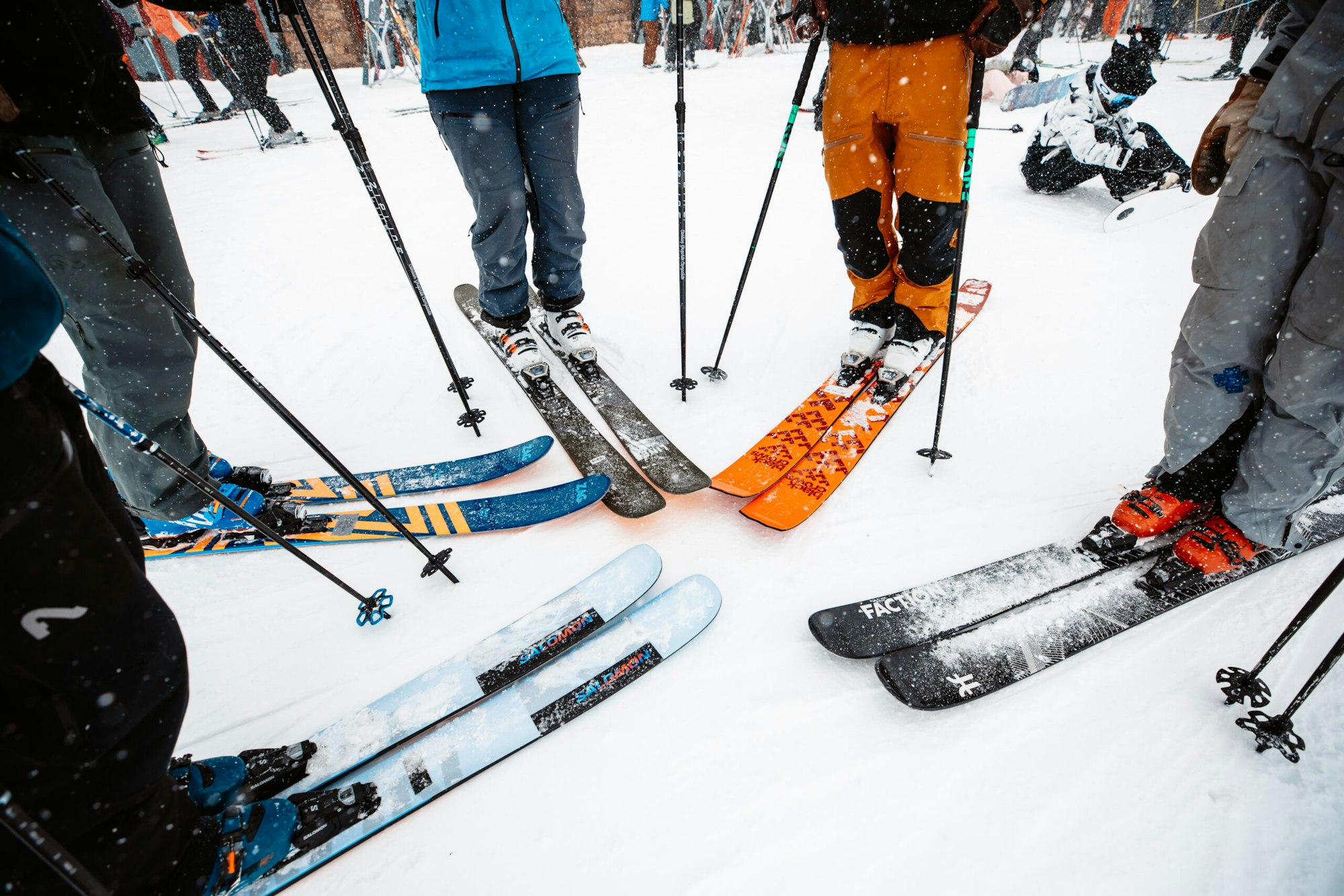Ski length is one of the biggest ego traps of our industry, aside from boot flex, but we’ll save that conversation for another article. If you’re not skiing a 190 cm ski, then what the hell are you even doing? As a professional skier who has tried on many pairs of skis, either provided by sponsors or tested out at FREESKIER FEST in the spring, I am here to tell you that size matters. But not always in the way you may think.
When it comes to finding the right ski length for you, there are three obvious factors to consider—height, weight and ski ability— according to Luke Perin who is currently the Montana/Wyoming Sales Rep for Blizzard Tecnica and formerly the buyer at Sports Den in Salt Lake City for 10 years. As a general rule of thumb, Perin advises going with a ski length that lands somewhere between the tip of your nose and the top of your head.
“If you’re talking to an average Joe, that’s a great way to go, but when you’re talking to anybody who thinks they’re a really great skier that ego comes into play,” Perin explains to me over the phone. “People want to ski on whatever Marcus Caston or Sander Hadley are on because that’s what the pros are doing. But then you factor in the type of ski you’re looking at. Your on-piste ski versus a powder ski is probably going to be different lengths again because of the end use, what you’re trying to accomplish with that ski,” says Perin. “With a deep snow ski, the bigger you go, the easier that ski will be able to keep you afloat and keep you from going over the front of the ski.”
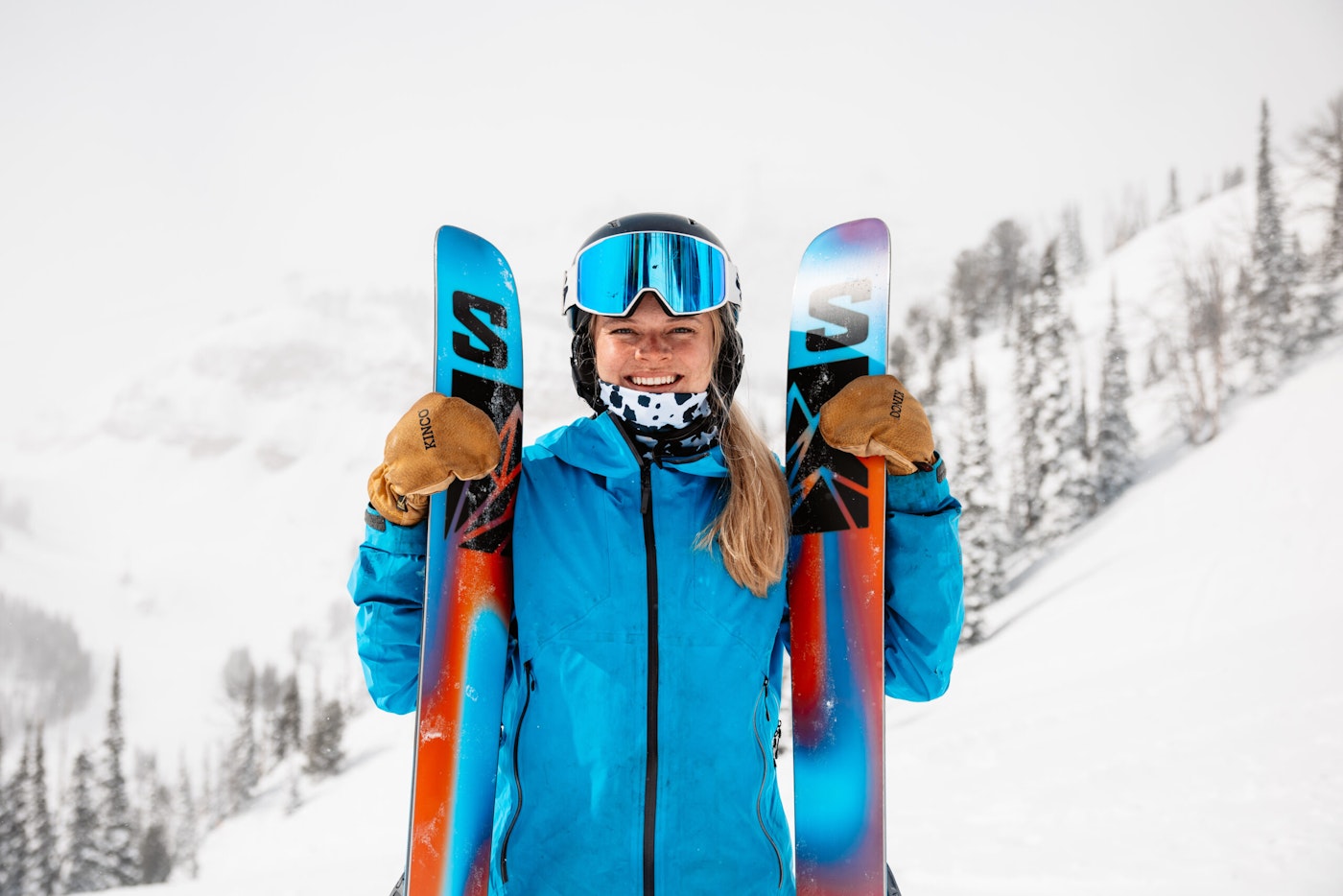
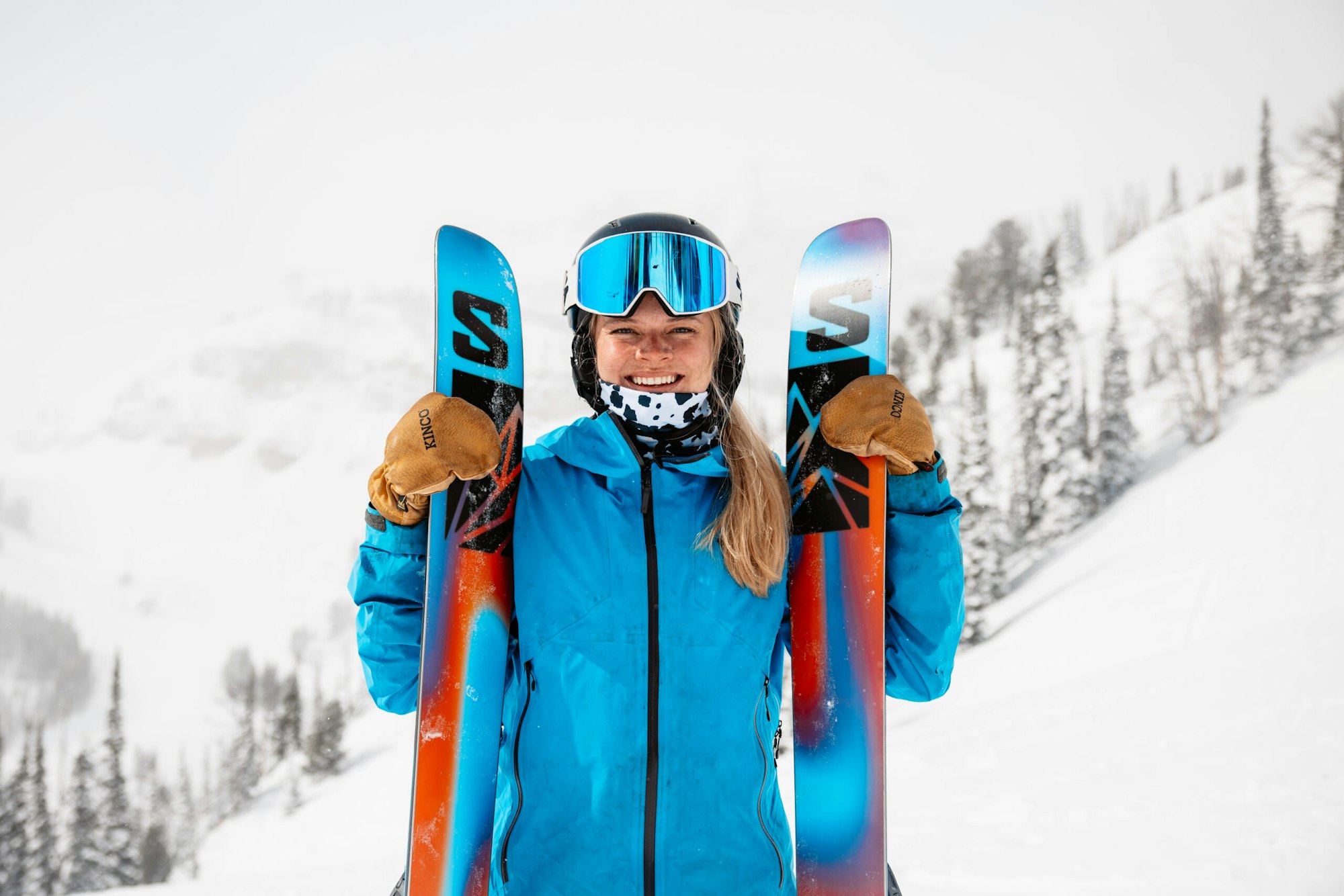
If you stand at 153 cm tall, like me, you don’t need to be on a 174 cm ski like I have been for the last three years. Sure, I have the ability to handle that length, but the extra 20 cm honestly isn’t doing me any favors. If anything, it’s requiring more work from me, which ultimately tires me out faster and makes my ski days shorter.
“Especially right now, when conditions are not great, this is the time when you notice the differences in ski. You can get on a long ski and notice that it’s a lot harder to ski versus when you’re on good snow,” says Perin. “At the end of the day, every skier is looking for—whether they want to admit it or not—a way to make skiing easier. The effort that you put into the ski is hopefully reflected in making the turn easier or your day longer, and if you go longer in a ski, it makes it harder to ski. It’s going to wear you out faster and you’ll be unable to move the ski as quick as you want to,” Perin explains so eloquently. “It’s such a funny dynamic of ego, and it’s up to the individual to find that right combo for them. But once you’re on it, you’ll know it and enjoy it.”
I’m not here to tell you what length of ski you should be on, but I am here to advise trying out different lengths if you have the opportunity. This season, I decided to experiment with shorter skis, and I am now kicking myself for thinking I needed to be on the longest length available. If you’re 190 cm tall, it makes sense to go with a 190 cm ski, but if you’re a bit shorter, set the ego aside and try out a shorter length—you may just surprise yourself with the amount of fun and better skiing that can be had when you’re on the right length for you.

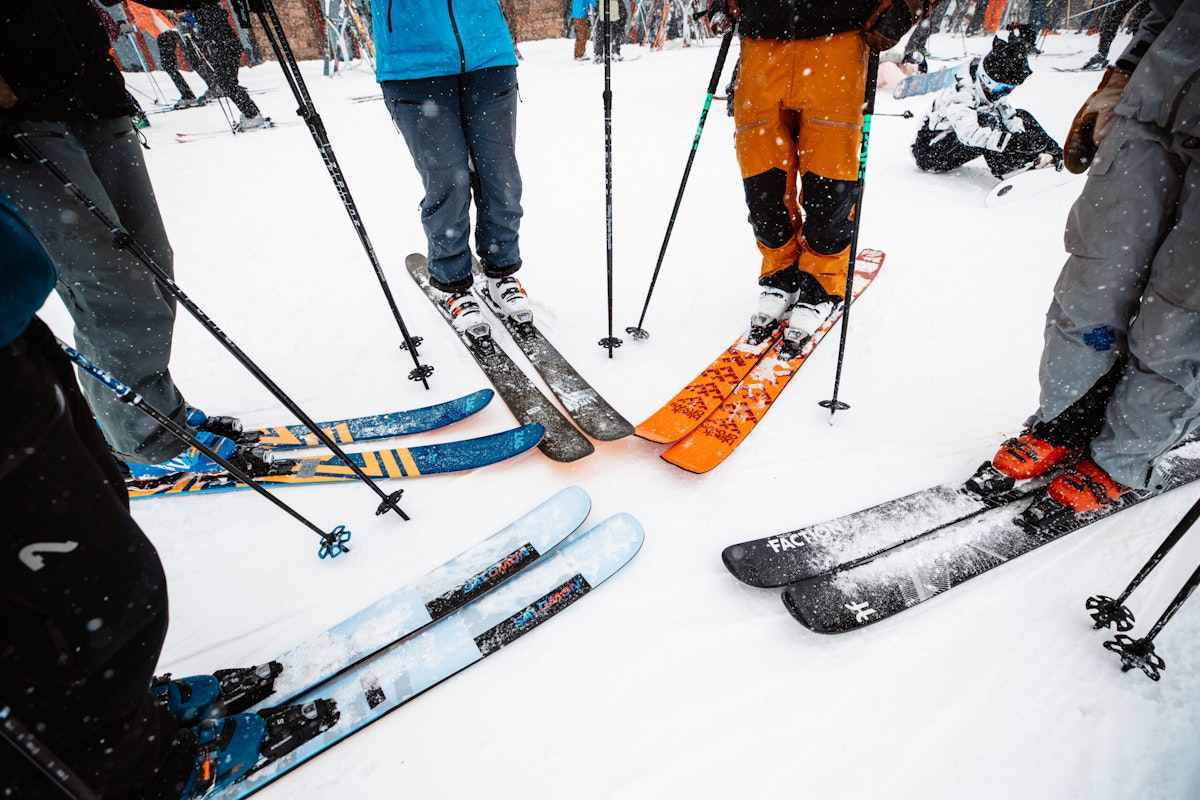


![[GIVEAWAY] Win a 4-Night Karma Campervan Rental and go Ski the Powder Highway](https://www.datocms-assets.com/163516/1767816935-copy-of-dji_0608-1.jpg?w=200&h=200&fit=crop)

![[GIVEAWAY] Win a Legendary Ski Trip with Icelantic's Road to the Rocks](https://www.datocms-assets.com/163516/1765233064-r2r26_freeskier_leaderboard1.jpg?auto=format&w=400&h=300&fit=crop&crop=faces,entropy)

![[GIVEAWAY] Win a 4-Night Karma Campervan Rental and go Ski the Powder Highway](https://www.datocms-assets.com/163516/1767816935-copy-of-dji_0608-1.jpg?auto=format&w=400&h=300&fit=crop&crop=faces,entropy)

